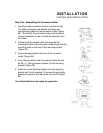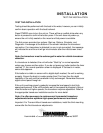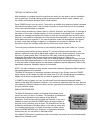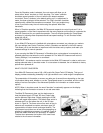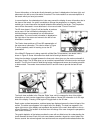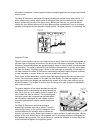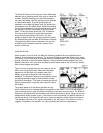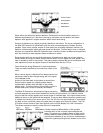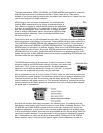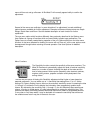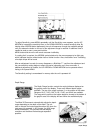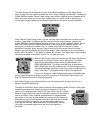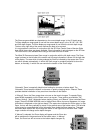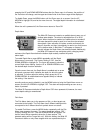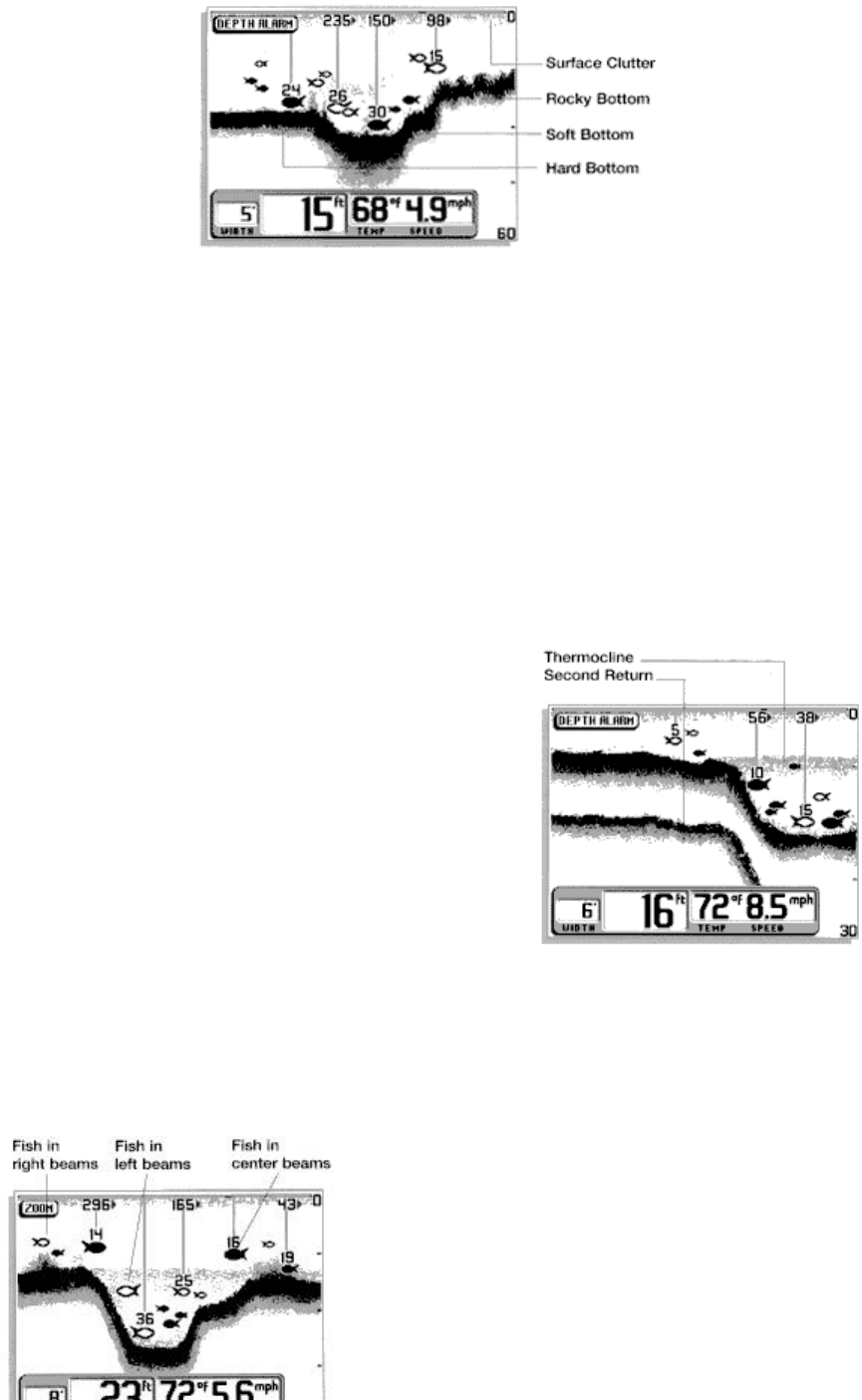
Wave action also affects the bottom depiction. Remember that the information drawn is a
distance measurement, so if the boat is moving up and down over flat bottom, the bottom
depiction often appears in regular variations which match wave timing.
Structure is defined as any object physically attached to the bottom. The sonar configuration of
the Wide 3D Paramount is optimized to give the most accurate depiction of bottom structure
possible. Grass, trees, stumps, wrecks or other debris are accurately displayed; however, the
depiction of these objects varies with boat speed and direction. The best way to learn to interpret
structure is to operate the Wide 3D Paramount over a variety of known conditions and experiment
with user functions to best represent those conditions on-screen.
Sonar targets which are not physically attached to the bottom may take one of many shapes.
Surface clutter is the layer of water near the surface which is rich in algae and other growth, and
often is aerated by wind or wave action. This area of water interferes with sonar transmission and
often appears on-screen as regular clusters of individual dots near the "0" line.
Thermoclines are sharp differences in water temperature.
These are easily identified by the continuous nature of the
return.
When a sonar signal is reflected off the bottom back to the
transducer, there is often enough energy left in the signal
to be reflected off the
surface of the water back to the bottom a second time.
Second returns appear as a slightly weaker bottom
representation exactly twice the depth of the primary
bottom return. The second return is most likely to occur in
shallow water and in areas of relatively hard bottom.
The Wide 3D Paramount uses advanced signal processing
to further evaluate any sonar return between the surface and the bottom. For instance, a small
school of bait fish usually appears as a dense cluster of individual dots. If the return meets certain
additional criteria, a fish symbol will be assigned. There are three different size fish symbols used
to indicate the intensity of the sonar return. As in the 3D view, the signal intensity is "normalized"
for depth so that a small fish close to the boat does not appear as a large fish symbol. This Fish
ID function can be turned off (see User Options) so the unit will display only "raw" information.
This allows experienced users to make their own interpretation.
A further method of differentiation of fish symbols
indicates which of the six sonar beams detected the
return. This gives you a reliable indicator of side to side
location relative to boat movement. Fish symbols which
are hollow are detected in any of the four outside beams.
Hollow fish symbols pointing left are located in one of the




